Superfoods are those multi-tasking, multi-purpose foods that give you more punch in your bite than other foods. There are many different categories of superfoods that you can choose from based on your budget, lifestyle, palette, and nutritional needs. There is a reason why we call these foods superfoods.
Besides your basic vitamins and minerals that foods contain like vitamins A, B, C, and traces of iron and protein, superfoods contain iodine, antioxidants, chlorophyll, and other hard to get elements in the body that do not come from most foods.
Our green superfoods are those dark leafy greens like kale, collards, spinach, and wheatgrass along with wild algae, chlorella, and spirulina which were the first forms of food known to humankind on this planet. Spirulina is a cultivated alga that has a 70% complete protein profile.
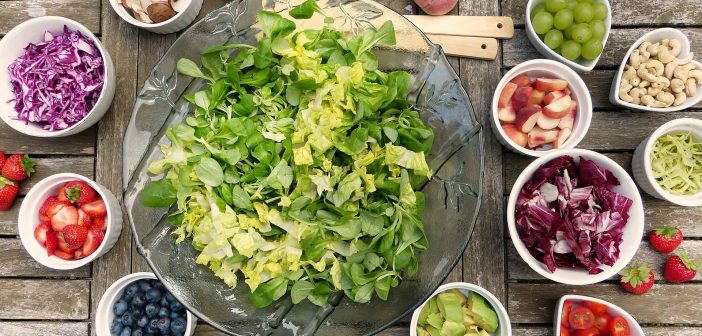
Wheatgrass may be hard to get down the throat because of its strong and robust grassy flavor, but wheatgrass is gluten-free, super alkalizing for the blood, and helps people who want to lose weight because it stimulates the thyroid gland and your body’s metabolism.
In our fruit, nut, and seed category we have coconuts which is one of those cure-all foods, the noni fruit, goji berries, acai berries, Brazil’s gift to the American food system via Oprah and Dr. Oz, and maca root, a sexual energizer and natural libido booster.
Then there is the infamous cacao where real natural chocolate comes from that world-renowned raw foods expert David Wolf put on the map for the world to enjoy. Coconuts is one of those superfoods that the human body recognizes immediately because it resembles the molecular structure of human blood plasma. During World War II, soldiers drink coconut water to help heal wounds and to stop bleeding from gun wounds.
Cacao contains a high amount of magnesium, a mineral that is severely deficient in the Standard American Diet (SAD). Magnesium is one of those elements that nourish our nervous system. And only 28 grams of a serving of cacao will give your body 3 times the amounts it needs for daily iron intake for both men and women. Cacao also has more antioxidants than green tea and red wine alone.
Other fruit, nut, and seed categories that contain easily digestible complete proteins are hemp seeds, chia seeds, and flax seeds. Our herb superfood that is a household name is ginseng. Ginseng is one of those herbs that you can drink in tea form and/or consume in capsules. It is also a sexual energizing tonic and a restorative herb that helps people to recover from stress-related diseases.
Aloe vera has wonderful anti-fungal and anti-bacterial properties to it and it’s also wonderful for the digestion system along with being a great source for healthy hair and skin.
Then there is the plant life on the bottom of the ocean which is my favorite. Why? Because these different types of seaweed like kombu, nori, arame, and wakame, are full of natural iodine that feeds your body’s thyroid gland which is the second most important gland in your body behind your master gland: The Pineal Gland.
The thyroid gland regulates your mood, appetite, hormones, and your metabolism. If it is imbalanced it can affect everything from your hair, skin, and nails, to women’s ability to ovulate. Not only do the seaweeds contain natural iodine in them, but they have the molecular structure of human blood plasma as well and they are full of all the nutrients that come out of the ocean.
Table of Contents
Top 10 superfoods list you should eat every day
You will be surprised when there are many cheap, easy-to-find foods such as eggs, cauliflower, spinach, oranges, etc., on the list of healthy superfoods.
Calling superfoods is a bit of an exaggeration, but they are among the healthiest foods you should be eating every day. While there’s no real definition of a superfood, EatWell views them as a food packed with disease-fighting nutrients like blueberries, which are packed with antioxidants.
Here are some inexpensive healthy superfoods you can add to your daily diet.
The healthiest foods and diets focus on whole foods, with plenty of vegetables and fruits, whole grains, protein, and healthy fats. Added sugars and sodium are limited.
There are plenty of other healthy foods that don’t make this list like lentils, bananas, and beets – but the list below is a great choice to add to your daily diet.
Berry
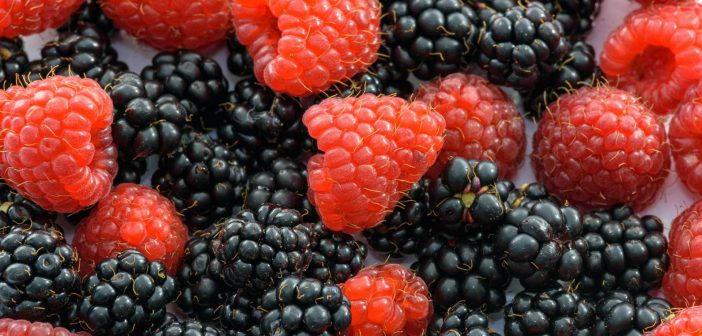
All berries are great sources of fiber. Fiber keeps your digestive system healthy and functioning properly and is good for your heart and waistline. All berries are good for you, so be sure to mix them well.
Raspberries (one of the best breakfast foods for weight loss) contain the most fiber at 8 grams per cup and also contain ellagic acid, a compound with anti-cancer properties. The same amount of blueberries has half the fiber (4g) but is packed with anthocyanins, antioxidants that can help keep memory sharp as you age. One cup of strawberries contains 3 grams of fiber, but more than the recommended amount of skin-firming vitamin C for the whole day. Berry are one of best foods to eat while pregnant
Egg
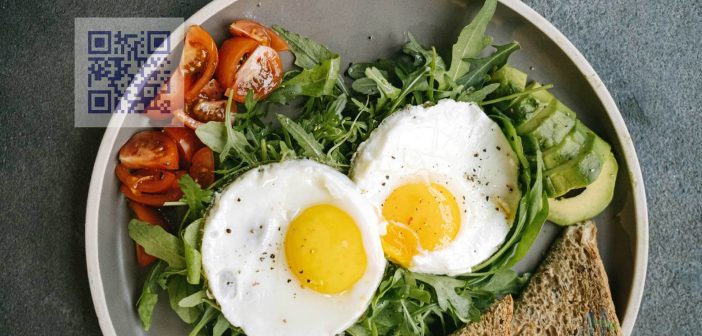
As a source of high-quality vegetarian protein, eggs can also give your meals more energy. One egg has about 70 calories and 6 grams of protein.
Plus, egg yolks contain lutein and zeaxanthin—two antioxidants that help keep eyes healthy. In fact, research links lutein and zeaxanthin with a reduced risk of age-related macular degeneration, the leading cause of blindness in people over the age of 50. And lutein can also help protect your skin from UV damage.
Sweet Potatoes
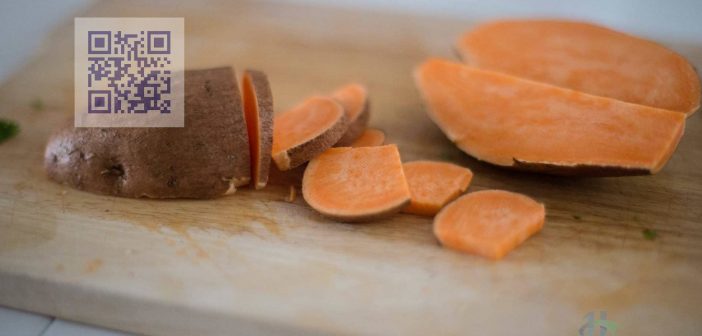
Sweet potatoes have a vibrant orange color thanks to the alpha and beta carotene content. The body converts these compounds into the active form of vitamin A, which helps keep your eyes, bones, and immune system healthy. These phytochemicals also act as antioxidants, scavenging disease-causing free radicals.
One medium sweet potato — or about 1/2 cup — provides nearly four times the recommended daily value of vitamin A, along with some vitamins C and B6, potassium, manganese, and lutein, and zeaxanthin.
Cauliflower
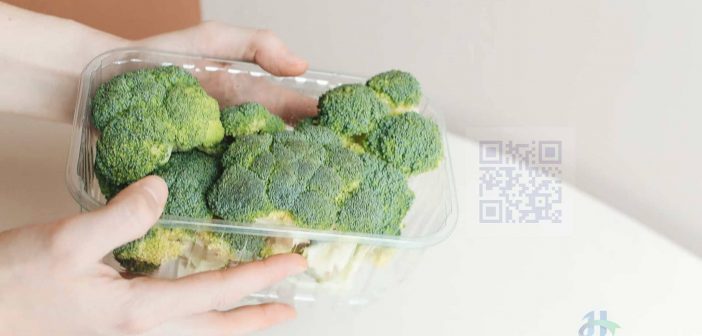
This vegetable provides vitamins A, C, and K (which help build strong bones), as well as folate. Another reason broccoli frequently takes the top spot on “superfoods” lists is that it provides a healthy dose of sulforaphane, an isothiocyanate that is believed to have cancer-preventing effects. way to help stimulate the body’s detoxifying enzymes.
Oat
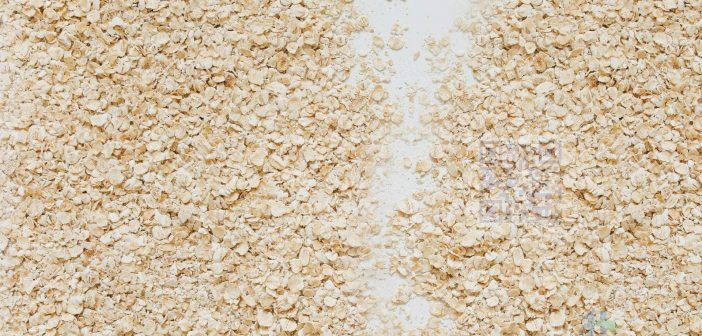
Oats are a breakfast staple and also a superfood. Eating lots of oats is an easy way to increase your fiber intake. Fiber is good for your gut and waistline. Plus, oats are whole grain, and whole oats have no added sugar.
Spinach
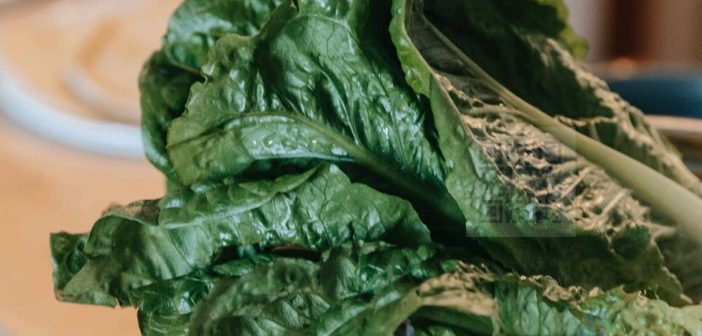
Dark green leafy vegetables are good for the body. Spinach is chock full of important nutrients: vitamins A, C, and K—as well as some fiber, iron, calcium, potassium, magnesium, and vitamin E. Studies have found that eating lots of green vegetables, like spinach, can help you lose weight, lower your risk of diabetes, keep your brain young and help fight cancer.
6 Reasons Why Spinach Is A Superfood
- Low In Calories & High In Protein
- Protects Your Eyesight
- All The Vitamin K You Need
- Chlorophyll Champion
- Fertility Booster
- Can Help Prevent & Treat Cancer
Tea

Studies show that if you drink tea regularly, you can reduce your risk of Alzheimer’s disease, diabetes, and some cancers, and have healthier teeth and gums and stronger bones. Tea can also help with weight loss.
That’s because tea is rich in antioxidants called flavonoids. Regardless of the tea you choose, maximize the power of flavonoids by drinking freshly brewed tea. If you want to keep a cold batch of tea in the fridge, add some lime juice – the citric acid and vitamin C in the juices of lemons, limes or oranges will help preserve the flavonoids.
Nuts
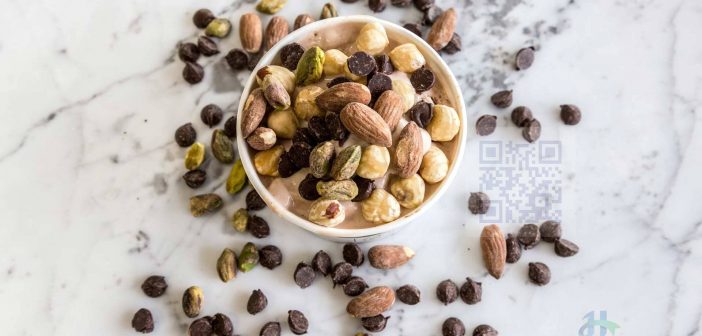
They’re packed with healthy polyunsaturated fats and magnesium, two nutrients important for heart health. These nutrients may also protect against insulin resistance, which can lead to diabetes.
The antioxidant compounds found in nuts, including ellagic acid and resveratrol, can reduce the wear and tear on your body from free radicals. In turn, this reduces inflammation, which may reduce cancer risk.
Additionally, nuts provide insoluble fiber, which studies show can help keep you healthy by providing beneficial bacteria in your gut.
Here are 8 Reasons Why Nuts and Seeds are True “Superfoods”
- They are chock full of minerals.
- They contain a high fiber
- They are a good source of healthy fats.
- They contain loads of protein. One-half cup of mixed nuts like the ones described below contains about 13 grams of protein.
- They contain phytonutrients like flavonoids and other antioxidants.
- They may help prevent “metabolic syndrome.”
- They may help prevent chronic dis-ease.
- They may help you live longer!
Oranges
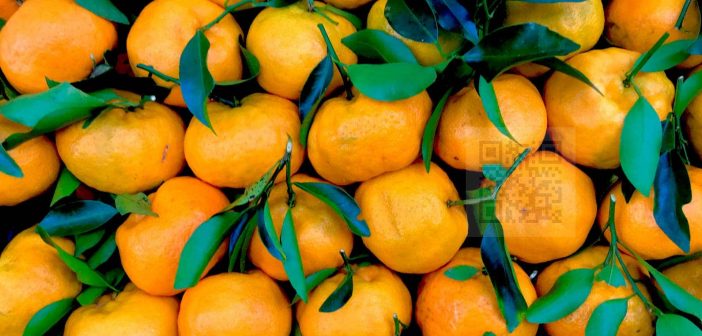
They are an excellent source of vitamin C, just one large orange is enough for the whole day. Vitamin C is important for the production of white blood cells and antibodies that fight infections.
It is also a potent antioxidant that helps protect cells from free radical damage and plays an important role in the production of skin-firming collagen. Oranges are also high in fiber and folate.
Yogurt

Yogurt contains probiotics or “good bacteria” that help keep our gut healthy. It is also rich in calcium. Just 1 cup of yogurt provides almost half the daily recommended value of calcium and provides phosphorus, potassium, zinc, riboflavin, vitamin B12, and protein. Yogurt is also a contribution to help you have a pregnancy diet

